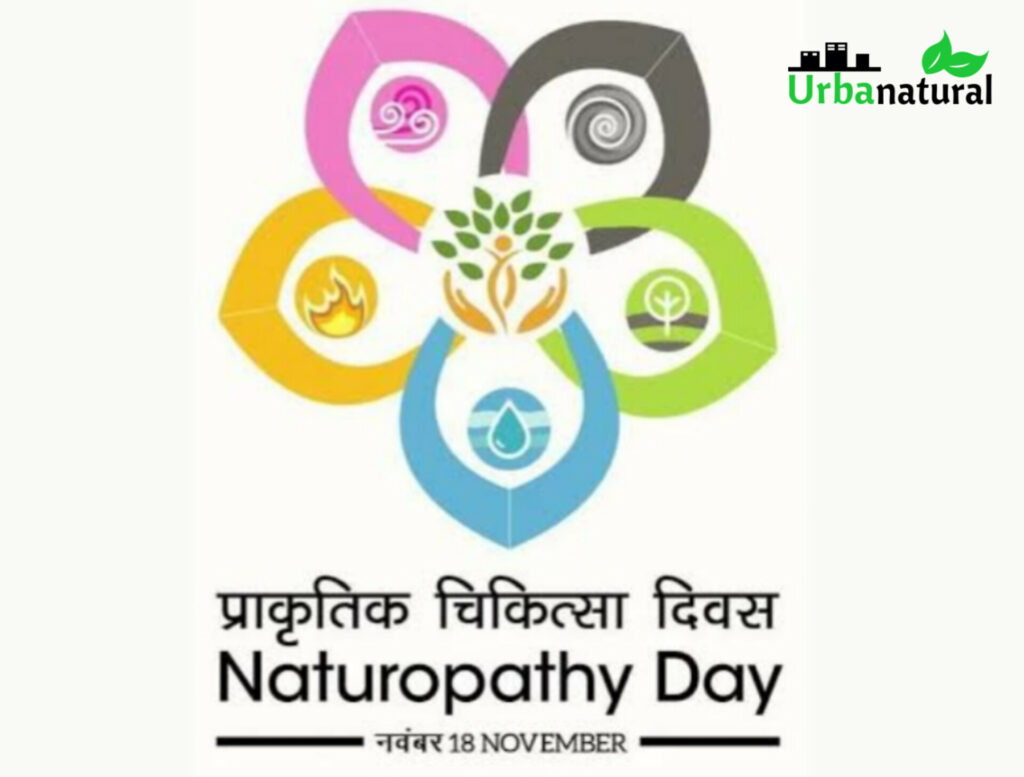Two out of three Mumbaikars are deficient in Vitamin D, also called the sunshine vitamin, a condition that has increasingly been linked with diabetes, cancer, heart disease and even neurodegenerative disorders. Two independent studies measuring Vitamin D among paediatric and adult population found critically low levels in up to 80% of them.
The PD Hinduja Hospital at Mahim analyzed Vitamin D levels of 3,089 healthy individuals, including 1,384 children, who visited the hospital for preventive health check-ups. The deficiency among adults was found to be as high as 58% and increased to 60% among children. Among adults, more men were found lacking the vital vitamin than women.
The trend paints a scary picture especially for children. The deficit, for instance, among children below 10 was as high as 54%. Teenagers, too, do not seem to be doing the right thing when it comes to absorbing Vitamin D. Around 70% had less than 20 nanogram per millilitre, considered critically low.
“The deficiency is alarming, more so as it has evolved from being a simple vitamin to a steroid pro-hormone,” said Dr Vipla Puri, consultant, laboratory medicine, PD Hinduja Hospital. She said that the most shocking revelation of the study was the lack of vitamin in the age group of 20 to 40 years. “These are the most productive years of one’s life,” she added.
A similar study by Metropolis Healthcare Ltd had exact findings. Of close to 75,000 female samples tested in the age group of 20-40 years over a period of three years, 83% had Vitamin D deficiency. Among men it was equally high at 85% in the 30,000-odd samples tested.
The medical fraternity is unanimous that crucial lifestyle changes have to be made. “Children are playing games on computer and adults are getting into air-conditioned environments soon after stepping out of their homes. The focus has to be on exposing one to good quality and quantity of sunlight,” said Dr Hemant Thacker, who consults with Breach Candy and Bhatia Hospitals. He also added that environmental pollution is a strong barrier for ultra-violet rays to penetrate the skin and stimulate production of the vitamin.





